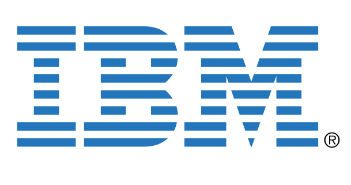LAS VEGAS – As communications service providers fight to maintain current customers and lure new customers from rivals through improved services and innovative offers, they also face competition from over-the-top providers. This is a complex environment for CSPs as they try to learn what their customers want and be able to offer them personalized products and services designed to maintain loyalty.
Looking to target this market, IBM last year acquired Now Factory, a privately held provider of analytics software designed to help carriers deliver an improved customer experience and drive new revenue opportunities. The move was seen as a big leap into the mobile analytics market and complements IBM’s MobileFirst Analytics portfolio and Big Data Platform.
News Ana Paula Assis, VP for software at IBM Brazil, told RCR Wireless News during the recent Impact 2014 event that the company is currently integrating Now Factory to complement IBM’s portfolio that already includes Cognos, SPSS predictive analytics software and others.
“The Now Factory allows carries to analyze customer’s behavior in the network, so they can better attend them,” explained Ana Paula Assis. “As a result [from using the solution] telecom operators can offer personalized and customized offerings to their customers.”
The demand for this type of software is being driven by the explosion of growth in the volume of real-time data that is being produced by mobile devices and the strain it is putting on mobile networks to collect and process events instantly, monitor their performance, and understand the impact of customer interaction.
In many markets, carriers are looking to create predictive models aimed at reducing churn and maximize average revenue per user in an attempt to keep their business profitable. The growth in mobility and data services, as well as the convergence of fixed, mobile, voice, video and data services, have significantly increased network traffic and network operational costs.
Vendors are lining up solutions focused on analytics to help carriers understand what’s going on in their networks, with predictive analytics used to identify trends. “It’s the start of a new wave of adoption. Operators are demoing analytics solutions,” stated Assis.
In speech during the Impact 2014 event, Bob Picciano, SVP for information and analytics at IBM, touched on the big data analytics trend among enterprises.
“Data is the new natural resource: there are 2.5 billion gigabytes new every day,” he said, claiming companies should look at this huge amount of data to improve their business.
“Real-time actionable insight helps enterprises to sense what’s happening, build their context, act quickly, consistently and decide what to do,” Picciano explained.
For the telecommunications industry, exploiting big data has been tapped to increase revenue, reduce customer churn and operating costs. In this field, IBM has concentrated its portfolio to help operators have pro-active call centers; provide smarter campaigns to analyze subscriber usage and digital behavior for opt-in subscribers and combine it with subscriber profiles to identify and deliver targeted offers in real-time; use network analytics to measure, chart and manage the network; and to analyze real-time location data over time for opt-in subscribers to understand subscriber lifestyles.
Editor’s note: IBM provided travel costs to attend Impact event in Las Vegas.

Impact 2014: Now Factory deal bolsters IBM's telecom analytics play
ABOUT AUTHOR
